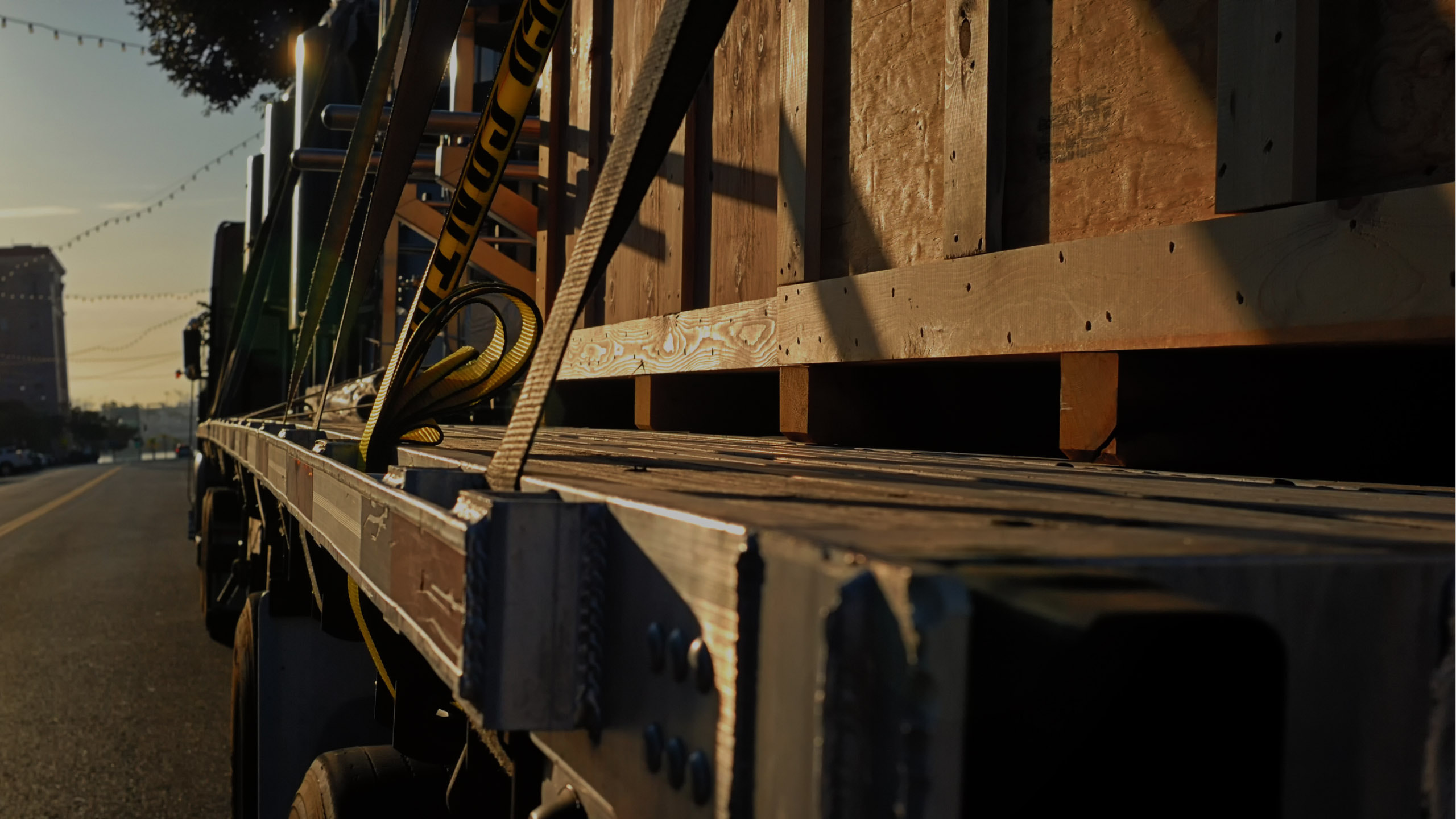
Flatbed freight loads can be the best choice for shipping your products throughout the country. The flatbed shipping method is versatile and ideal for loads that do not require an enclosed dry van. Flatbeds allow larger or irregular load sizes to be loaded, unloaded, and hauled with the right security. However, it would be wise to read a few tips and acknowledge your needs before getting started.
1. Know the Freight Features
To begin with, you will have to know what you are shipping and all the details of what is being shipped. Carriers must know the details because different loads require various levels of preparation and specialized services when transporting the loads. One reason for this is because they will need to know if additional items are needed. Flatbed freight loads do not necessarily use typical pallets. You could be in need of equipment like chains, tarps or heavy-duty straps that would effectively hold down the freight. Inform the delivery workers of specifications, such as the dimensions and weight, in addition to details about the pick-up and drop-off location.
2. Be Aware of Flatbed Types
Next, you will need to have an understanding of the distinct types of flatbed trailers, so that you can acquire the one you need. There are multiple types of trucks that fall under the umbrella of flatbed freight loads. There are 14 types of flatbed trailers where some are used more than others. A key concern is to transport the freight safely and securely. Once you have communicated the details, the correct trailer type will come with the appropriate equipment to rest these concerns. So, evaluate what you need before you reach out to different carriers and get quotes for the wrong trailer.
3. Work with Suitable Freight Technology
Another important tip would be to use freight technology for flatbed shipping, along with other modes of transportation. Determine the kind of technology you require and what you believe is worth investing in for your business needs. There are some known technologies that are helpful to logistics, such as, Trucking Management Systems (TMS), Digital freight matching, and Track and Trace.

4. Be Aware of the Shipping Market
You must realize that the market can fluctuate for flatbeds due to market unpredictability, shifts in client demands or the economic outlook. Flatbed freight loads are often affected by the changes in seasons because of the exposure. Weather is one factor, but so are business demands in construction or factory production. Market dynamics can also impact the increase and decrease of flatbed shipping option charges. Contracted rates will be your friend when there is heavy construction going on because low rates for flatbed trailers will be difficult to come by. Secure your rates in a timely manner to avoid any “roadblocks” in operations that would be related to price changes or seasonal disturbances.
5. Partner with an Expert on Shipping Flatbed Freight
In addition, you should consider the advantage of shipping through a partner that has expert knowledge of flatbed freight loads. Do not dismiss how tough shipping requirements could be, so allow others to handle the time-consuming steps of transporting the freight. Reduce spending costs and talk to a trusted, industry-leading 3PL company that can provide recommendations that come from experience.
HTL Freight has nearly 40 years of experience in the shipping and logistics industry. We have a focus on flatbed shipping and aim to go above the call of duty. We work to ensure that our partner’s freight is delivered with care.
If you want to see if we are the right fit then feel free to reach out and contact us. Additionally, you can get started today by requesting a freight quote here.